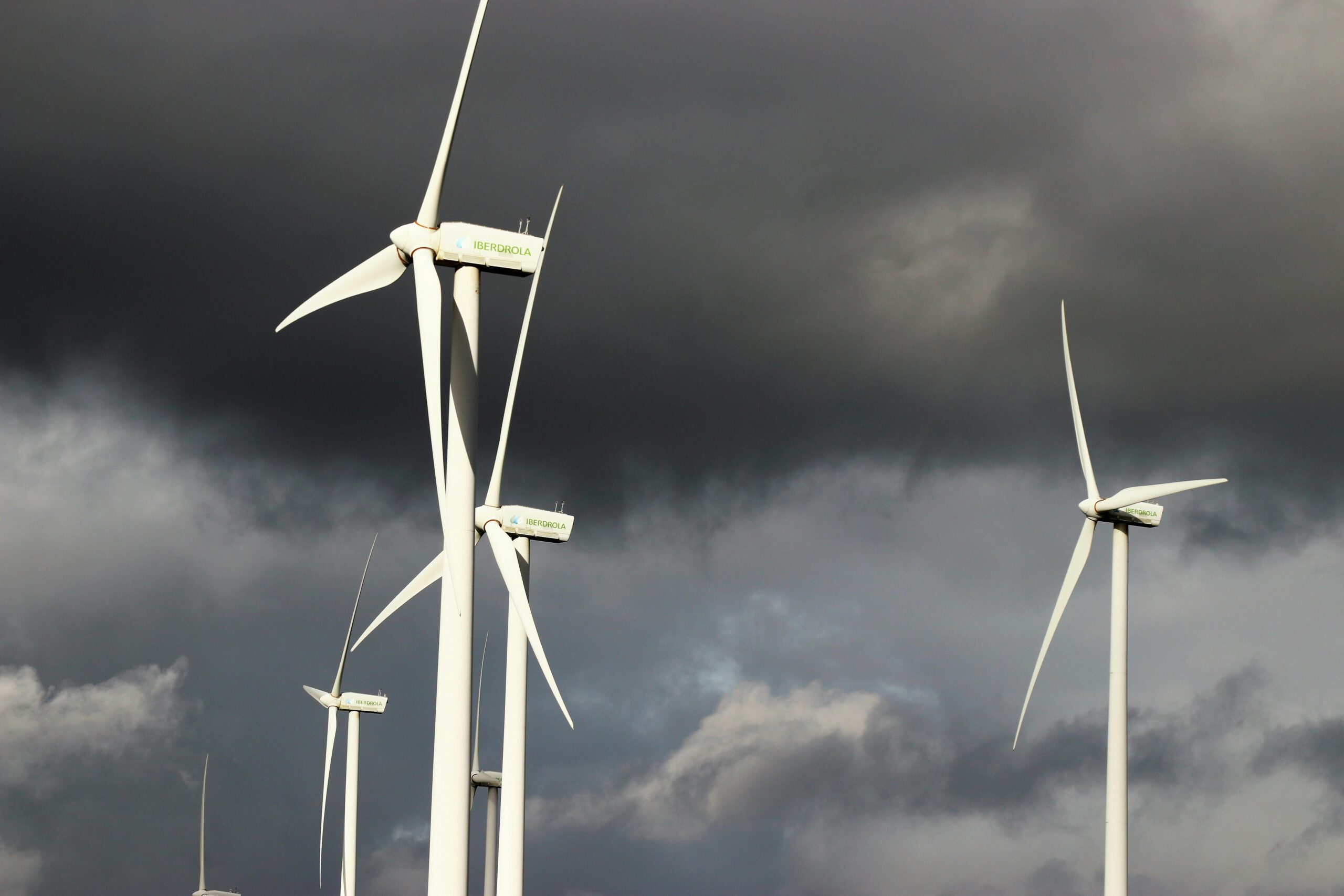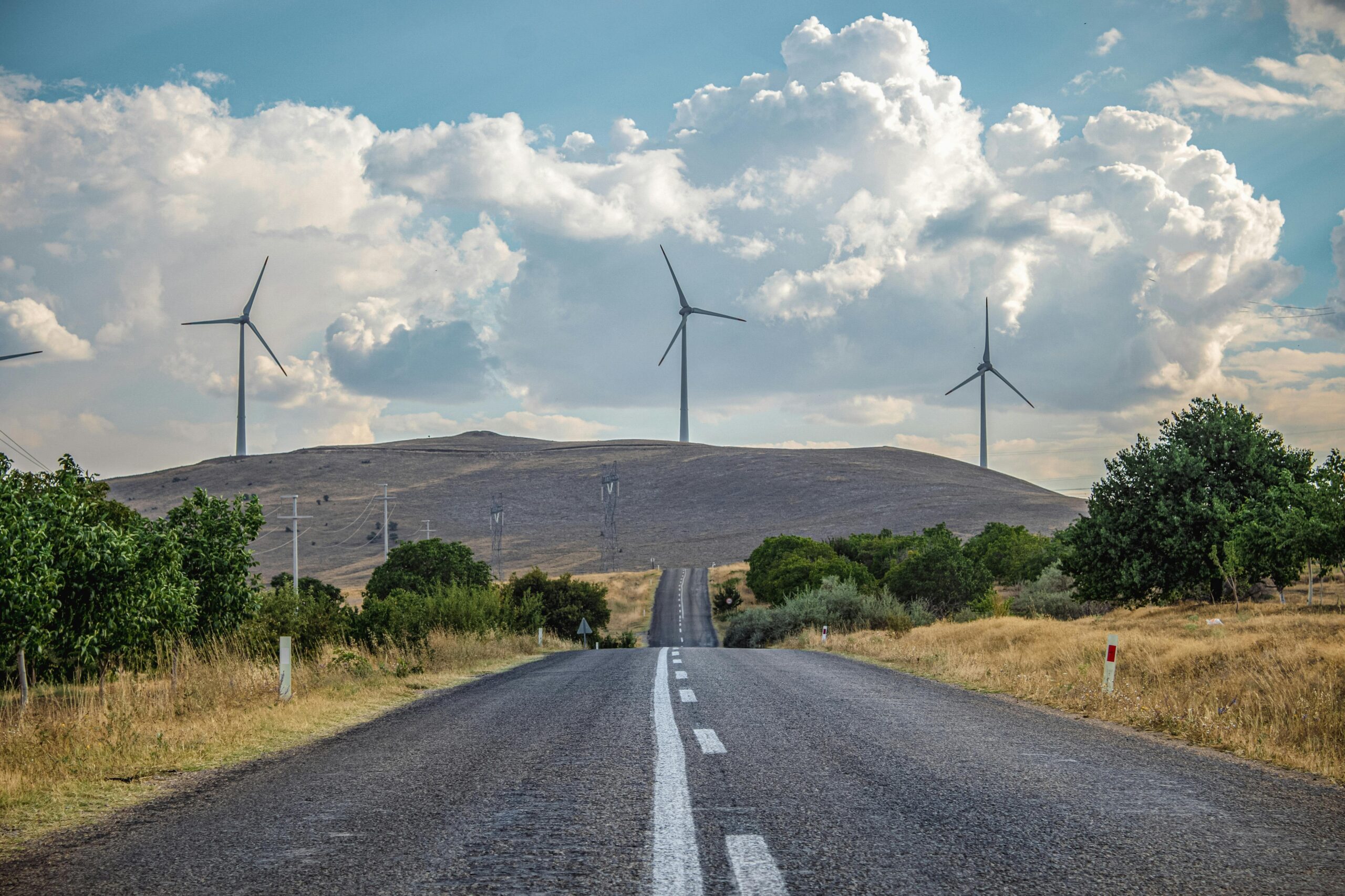As the world faces an urgent need to combat climate change and transition to sustainable energy sources, wind energy has emerged as a key player in achieving global sustainability goals. Wind power offers a clean, renewable alternative to fossil fuels, helping to reduce greenhouse gas emissions and promote environmental stewardship. This article explores how wind energy contributes to sustainability objectives at both national and international levels.
1. Mitigating Climate Change
One of the primary global sustainability goals is to limit climate change and its adverse effects. The Intergovernmental Panel on Climate Change (IPCC) emphasizes that transitioning to renewable energy sources, including wind power, is essential to reduce global warming. Wind energy generates electricity without emitting carbon dioxide (CO2) during operation, making it a crucial component in efforts to achieve net-zero emissions by mid-century.
2. Enhancing Energy Security
Wind energy enhances energy security by diversifying energy sources and reducing reliance on imported fossil fuels. Countries investing in wind power can stabilize their energy supply, reduce vulnerability to fluctuating fuel prices, and enhance energy independence. This is particularly important for nations seeking to secure their energy future amid geopolitical uncertainties and supply chain disruptions.
3. Supporting Economic Growth and Job Creation
The wind energy sector is a significant source of economic growth and job creation. According to the Global Wind Energy Council, the wind industry employed over 1.4 million people worldwide in 2020, with that number expected to grow as investments in renewable energy expand. Wind projects stimulate local economies through job creation in manufacturing, installation, maintenance, and research and development. This economic impact contributes to the Sustainable Development Goals (SDGs), particularly Goal 8, which promotes decent work and economic growth.
4. Promoting Technological Innovation
The wind energy sector is at the forefront of technological innovation, driving advancements that enhance efficiency and reduce costs. Innovations such as larger turbine designs, advanced materials, and smart grid technology are making wind energy more competitive with traditional energy sources. This ongoing innovation aligns with Goal 9 of the SDGs, which focuses on building resilient infrastructure, promoting inclusive and sustainable industrialization, and fostering innovation.
5. Environmental Benefits
Wind energy has a relatively low environmental impact compared to fossil fuels. By reducing reliance on coal and natural gas, wind power helps decrease air pollution, which is linked to respiratory diseases and environmental degradation. Additionally, sustainable land use practices associated with wind farms can promote biodiversity, preserving ecosystems and wildlife habitats. This contributes to Goal 15 of the SDGs, which aims to protect, restore, and promote sustainable use of terrestrial ecosystems.
6. Facilitating Community Engagement and Social Equity
Wind energy projects often involve community engagement and can empower local populations through shared ownership models and community benefits. By involving communities in the development process, wind energy can promote social equity and ensure that local stakeholders benefit from renewable energy projects. This aligns with Goal 10 of the SDGs, which seeks to reduce inequality within and among countries.
7. Global Collaborations and Agreements
International frameworks, such as the Paris Agreement, recognize the importance of renewable energy in achieving global climate targets. Countries worldwide are setting ambitious renewable energy targets, with wind energy playing a central role. Collaborative initiatives, such as the Global Wind Energy Council and the International Renewable Energy Agency, work to share knowledge, promote best practices, and facilitate investments in wind energy.
Conclusion
Wind energy is a vital component of the global effort to achieve sustainability goals. By mitigating climate change, enhancing energy security, driving economic growth, promoting innovation, and protecting the environment, wind power offers a pathway toward a more sustainable and equitable future. As nations continue to invest in renewable energy, the role of wind energy will only grow in importance, paving the way for a cleaner, healthier planet for generations to come. Embracing wind power is not just a technological shift; it is a crucial step toward achieving the collective sustainability goals that underpin our future.








Leave a Comment